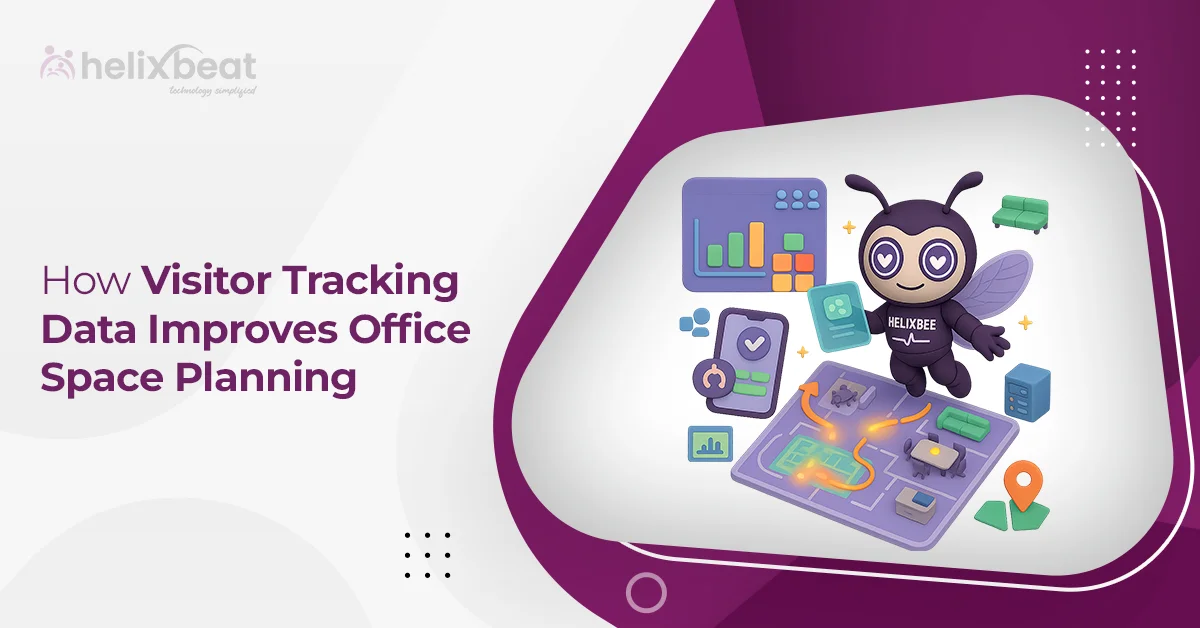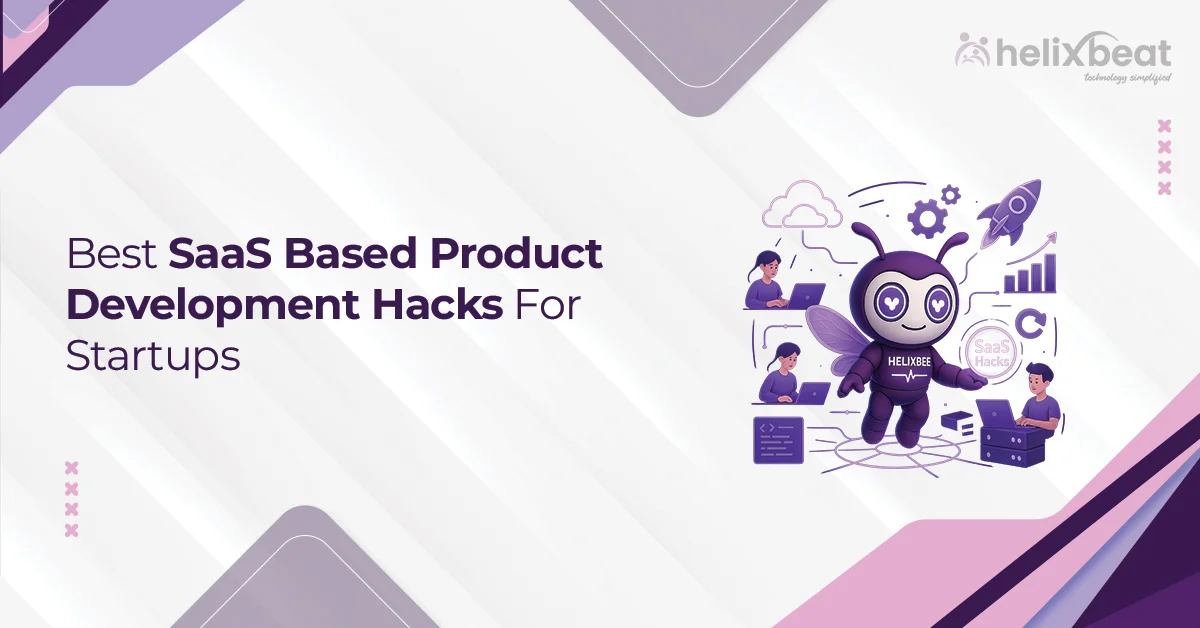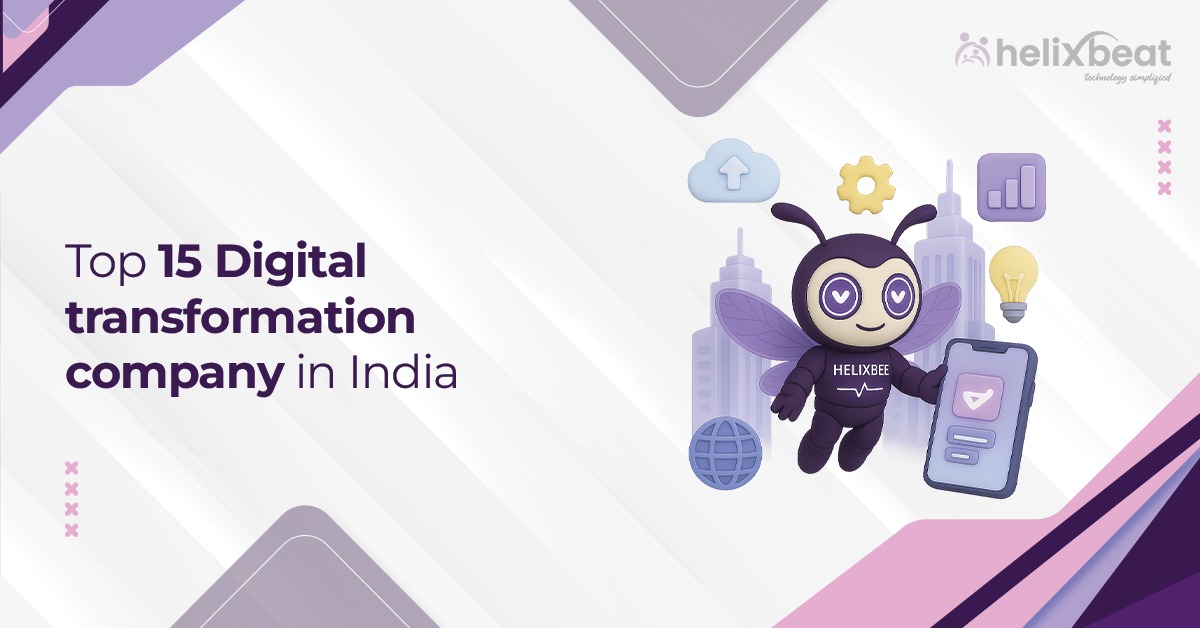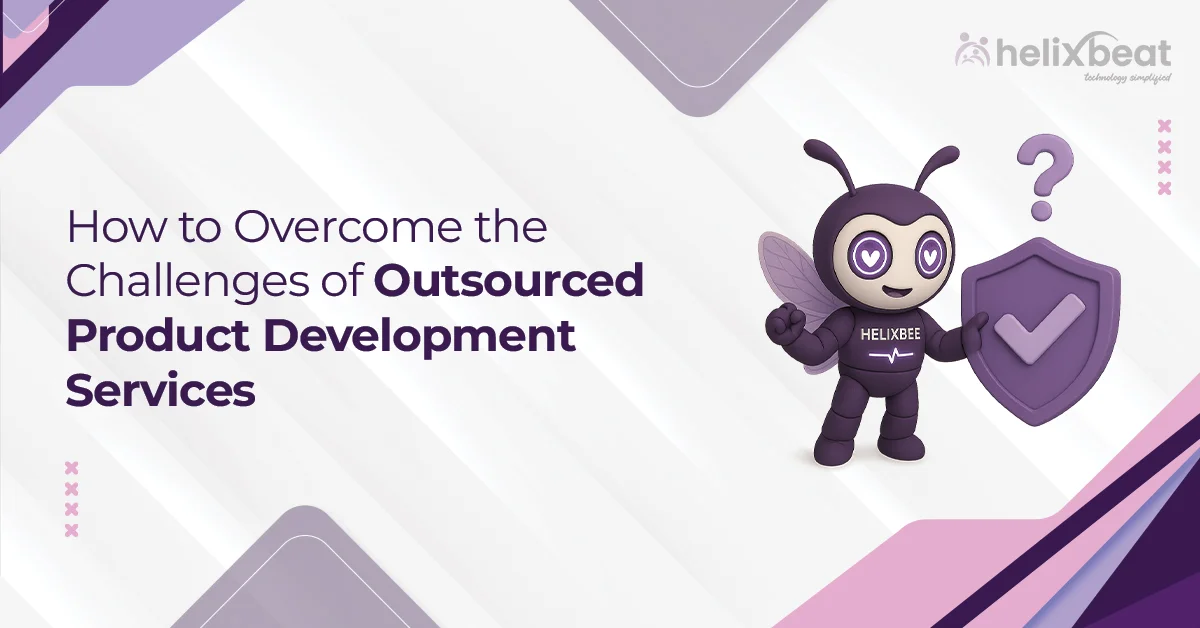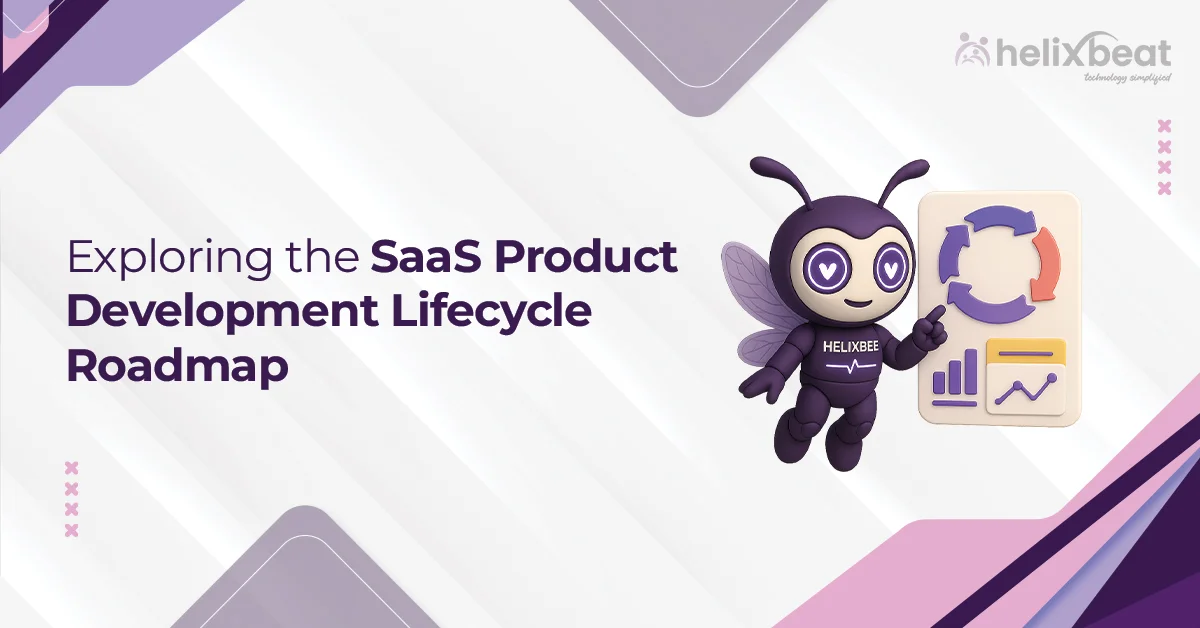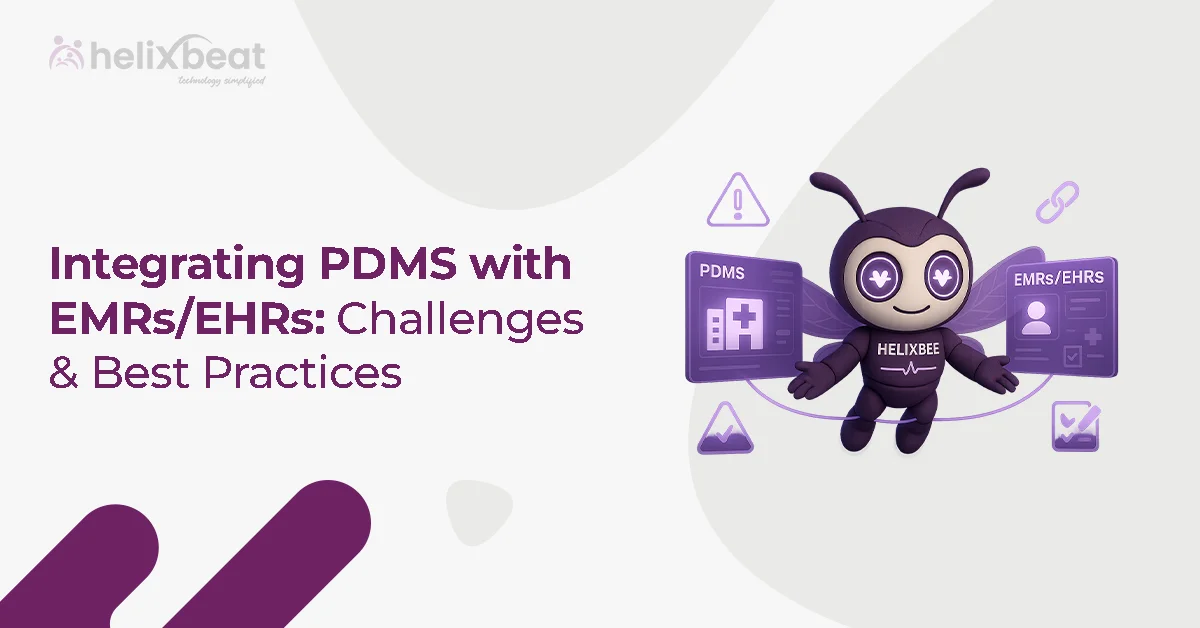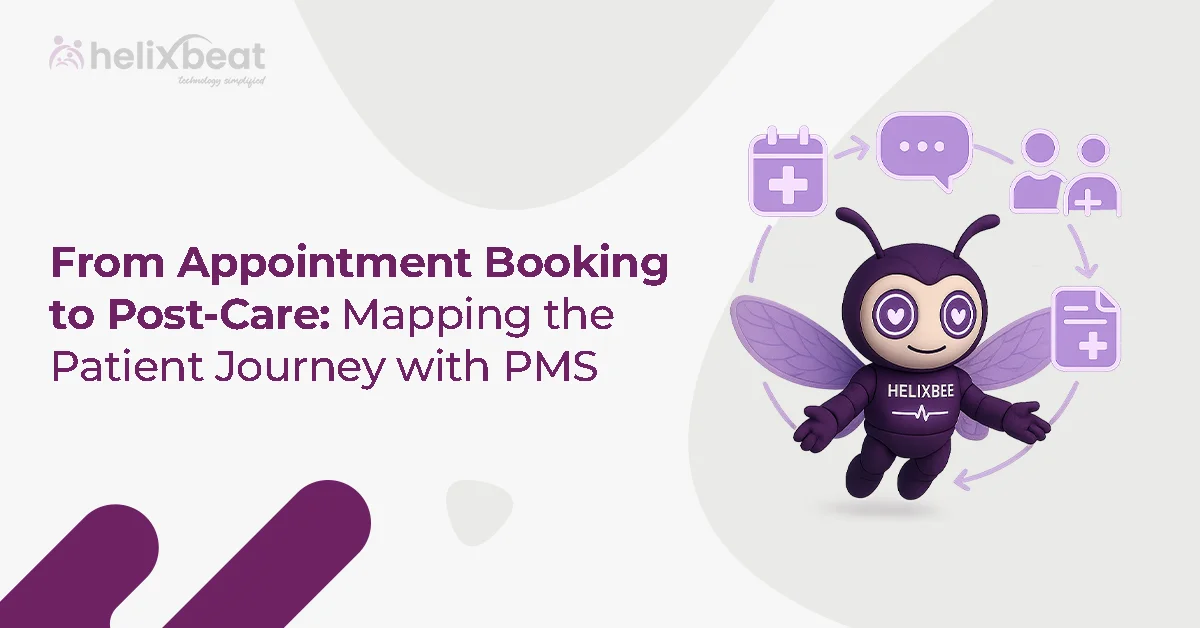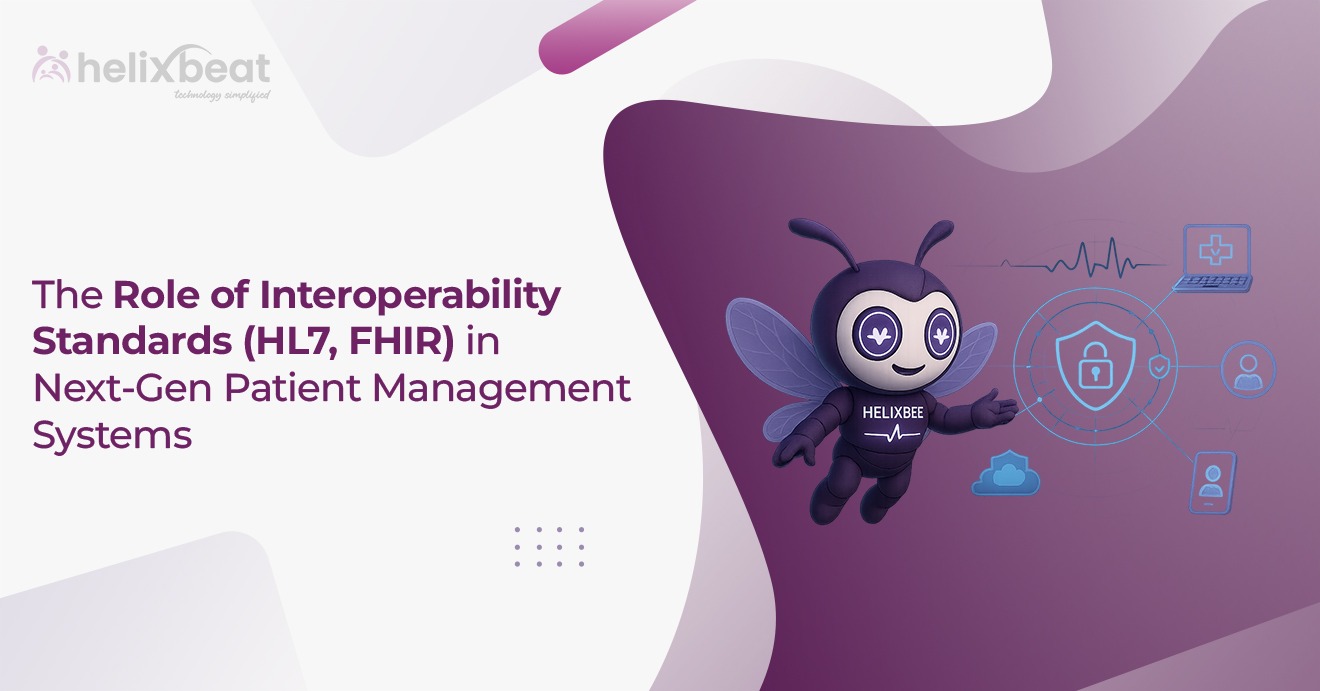Ever feel like your office is either too crowded or oddly empty in places? You’re not alone. Many companies struggle with balancing office space, especially in today’s hybrid work culture. That’s where visitor tracking software quietly becomes a game-changer. It’s more than just a digital check-in—it gives you real, usable data that helps rethink how your workspace is used.
Imagine knowing exactly when your reception gets busiest, which meeting rooms see the most traffic, or where visitors tend to gather. With smart visitor management systems, this kind of insight is at your fingertips. Tools like visitor check-in software not only make guest experiences smoother but also help office managers make better decisions about layout, safety, and resource allocation.

In this blog, we’ll into how using data from the best visitor management systems—especially in workplaces across the USA—can seriously upgrade your office space planning strategy.
Table of Contents
Understanding the Importance of Office Space Utilization
Office space isn’t just about square footage—it’s about how well that space works for your people and your business. Poor space utilization often leads to underused meeting rooms, overcrowded lobbies, or unnecessary real estate costs. That’s where visitor tracking software plays a vital role.
According to a CBRE Workplace study, nearly 40% of office space is underutilized on a regular basis. This unused space translates directly into wasted money—think rent, electricity, and maintenance on areas no one’s really using.
A mid-sized company in New York installed a visitor management system USA to track guest flow and room usage. Within 3 months, data revealed that 3 of their 5 waiting areas were barely occupied. By consolidating these zones, the company saved $70,000/year on overhead and reinvested it in collaborative workspaces that boosted productivity.
Profit through planning: With insights from visitor check-in software, companies can:
- Optimize desk-to-employee ratios
- Reduce facility costs by up to 30%
- Improve security & flow in high-traffic areas
The takeaway? Smart office planning isn’t just efficient—it’s profitable. Using the best visitor management system lets you treat space like the strategic asset it really is.
What Is Visitor Tracking Software?
Visitor tracking software refers to digital tools used to monitor and manage individuals entering a physical workplace. Unlike traditional sign-in sheets or badge issuance methods, this advanced software collects data on visitor type, time spent in specific zones, frequency of visits, and much more.
Often part of a Visitor Management System, this software helps businesses ensure not just security and compliance but also operational efficiency. VISTA, as a leading visitor management system USA solution, exemplifies these capabilities.
The New Role of Visitor Data in Office Design
When used effectively, visitor tracking software generates real-time and historical data about how people move through and use your workspace. This data helps office planners make informed decisions about:
- Reception space sizing
- Meeting room allocation
- Waiting area usage
- Access control requirements
- Visitor flow optimization
The New Role of Visitor Data in Office Design
Modern office design is no longer just about open spaces and stylish interiors. In a world where workplace efficiency and user experience matter more than ever, visitor tracking software is transforming how organizations design and use their office spaces.
This technology collects real-time and historical data on how visitors move through your workspace—how long they stay in the reception area, how frequently meeting rooms are used, and which access points are most active. These insights help facility managers and designers make informed, data-driven decisions that improve space utilization and user experience.
For example, if your visitor management system data shows that your reception area is underutilized 70% of the day, it might be time to downsize it and reallocate that space for more productive use—like collaborative zones or hot desks. If your visitor check-in software indicates that a specific meeting room is constantly overbooked while others remain unused, it signals a need for layout or scheduling adjustments.
Access control planning also becomes more intelligent. The best visitor management system identifies entry-time bottlenecks, enabling offices to adjust staffing or design more efficient check-in points.
According to Gensler’s research, offices that prioritize smart design backed by data can boost employee productivity by up to 20%. Combine that with efficient visitor flow, and businesses gain from better space ROI, improved first impressions, and enhanced operational efficiency.
With tools like VISTA—one of the most trusted visitor management systems in the USA—organizations can replace assumptions with insights and create spaces that serve both employees and guests more effectively.
Let’s dive deeper into how this software impacts space planning.
1. Identifying Peak Visitor Times
By analyzing entry logs from your visitor check-in software, you can identify peak hours and days when your office receives the most footfall. This helps determine whether your reception area or waiting room needs more seating, digital signage, or even dedicated support staff.
VISTA’s advanced analytics dashboard gives you hourly breakdowns of foot traffic, allowing planners to make data-backed design adjustments.
2. Analyzing Type and Purpose of Visitors
Whether it’s clients, interviewees, vendors, or maintenance teams, visitor tracking software classifies visitor types and logs their purpose of visit. This helps tailor your space based on visitor behavior. For instance:
- If most visitors are job candidates, you may need a quiet interview room near the reception.
- If vendors arrive frequently, better access to loading bays or storage rooms may be required.
By choosing the best visitor management system like VISTA, you get detailed reports with role-based insights to support spatial planning.
3. Mapping Visitor Flow Paths
Using the movement data captured by visitor tracking software, office managers can map how visitors navigate from reception to different departments. This data uncovers inefficiencies like bottlenecks, underused zones, or areas prone to crowding.
Integrating VISTA’s visitor data with digital floor plans allows facility teams to redesign office layouts for smoother flow and better safety—especially relevant in post-COVID scenarios.
4. Optimizing Meeting Room Utilization
Meeting rooms often go underutilized or overbooked. Visitor check-in software reveals how often these rooms are used, for how long, and by whom. This helps identify if you need to add more rooms, reduce their size, or integrate booking systems for better scheduling.
The best visitor management systems like VISTA also allow visitors to pre-book meeting rooms while checking in, reducing walk-in confusion and ensuring space efficiency.
5. Space Allocation Based on Real Use
Many organizations allocate office spaces based on assumptions. However, visitor tracking software provides concrete usage data. If a certain area receives minimal visits, it can be repurposed into a more useful facility like a collaboration zone, hot-desking area, or silent work pod.
Visitor management system USA leaders such as VISTA provide long-term usage trends, helping companies plan real estate expansion or downsizing based on actual needs.
6. Enhancing Safety and Compliance
Knowing who is in your building, where they are, and how long they stay is crucial for emergency planning. VISTA’s visitor management system offers features like real-time tracking and emergency roll-call reporting. This not only boosts security but also ensures the space is compliant with fire safety and occupancy regulations.
7. BYOD and Mobile Check-ins Reduce Physical Infrastructure
With Bring Your Own Device (BYOD) policies becoming popular, visitor check-in software like VISTA supports mobile sign-ins. This reduces the need for large reception desks or kiosk stations. Office planners can repurpose these areas into usable space while maintaining secure and efficient check-ins.
8. Data-Driven Design Choices
Every desk, waiting chair, or room costs money. Without real usage data, you may overdesign or under-provide certain zones. VISTA’s visitor tracking software aggregates data to help you understand which spaces are essential, which are underused, and how your visitors interact with the environment.
Using these insights, architects and planners can make layout decisions that reflect actual user needs—not guesses.
9. Supporting Hybrid Work Environments
As companies adopt flexible or hybrid work models, space requirements shift regularly. With fewer permanent desks and more dynamic visitor interactions, visitor tracking software becomes vital in understanding real-time space demand.
By integrating VISTA’s visitor management system USA, businesses can better plan hybrid-friendly environments, combining agility with efficiency.
10. Future-Ready Office Intelligence
Investing in the best visitor management system like VISTA ensures your business is ready for AI-powered smart office planning. Future updates may include automated layout recommendations, occupancy heatmaps, or predictive design tools—all powered by historical visitor data.
Why VISTA Is the Smart Choice
HelixBeat’s VISTA is more than just a visitor check-in tool—it’s an enterprise-grade visitor tracking software with advanced analytics, security integrations, mobile compatibility, and cloud-based data access. Whether you’re in real estate, tech, healthcare, or consulting, VISTA helps you understand your visitor dynamics and plan spaces that reflect your true operational needs.
Some of the key features of VISTA include:
- Real-time visitor analytics
- Custom role-based access levels
- Easy integration with facility management tools
- Emergency evacuation reports
- Smart badge printing and mobile check-ins
No wonder it’s becoming one of the top picks for companies looking for the best visitor management system in the USA and beyond.
Conclusion
In a world where workspace efficiency and security go hand in hand, visitor tracking software plays a crucial role. By leveraging visitor data, businesses can make informed decisions about layout, safety, and scalability. Platforms like VISTA not only streamline check-ins but also deliver actionable insights that drive smarter office planning.
FAQs
1. What is visitor tracking software?
Visitor tracking software is a digital tool that records, monitors, and analyzes visitor data to enhance office planning, safety, and efficiency.
2. How does visitor tracking software help in office space planning?
It provides insights into visitor flow, peak hours, and space usage, allowing companies to optimize layouts and reduce unused areas.
3. What’s the difference between visitor tracking software and a visitor check-in system?
A visitor check-in system is the interface guests use to register, while visitor tracking software collects and analyzes that data for operational use.
4. Why is VISTA considered the best visitor management system in the USA?
VISTA offers real-time analytics, mobile check-ins, security integration, and role-based access, making it ideal for modern, data-driven offices.
5. Can visitor tracking software support hybrid or flexible workspaces?
Yes, it helps monitor space usage trends and visitor patterns, allowing companies to adapt layouts for hybrid work environments effectively.
6. How does visitor data improve safety and compliance?
It tracks who is on-site at any time, supports emergency evacuations, and ensures adherence to occupancy and security regulations.



